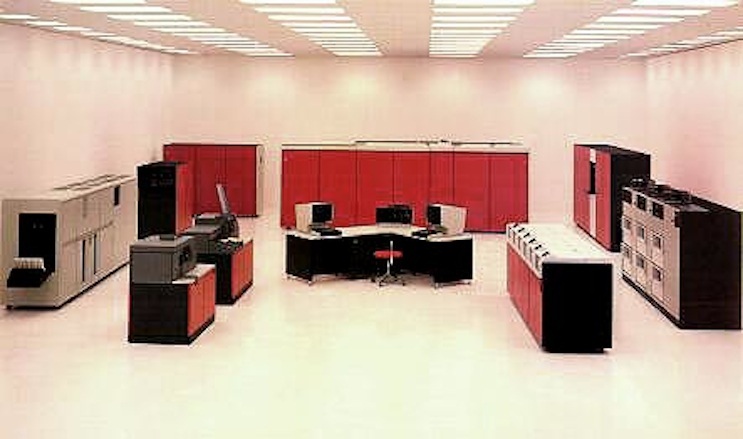Think integration is a new idea? Think again

Jeff Frey is an IBM Fellow and Chief Technology Officer of the System Z Platform.
The tech industry was at an impasse.
Conventional thinking dictated that the only way to build tech products was by snapping together various pieces of software and hardware from different companies.Tightly tying together a product’s software and hardware and controlling the design of a system was thought to squash flexibility and creativity.
And then a revolutionary, integrated product debuted, upending not just the tech industry, but industries across the economy.
Think I mean the iPhone and how Apple’s successful championship of integration popularized that approach?
In fact, 50 years ago, my own company made a similar bet-the-company decision, embracing integration in the face of conventional wisdom and creating the System/360 mainframe.
By integrating software and hardware and designing from the bottom up a system that took into account a balance of capabilities, including storage, memory, and networking, IBM’s mainframe unleashed waves of innovation everywhere it was used.
From helping guide man to the moon to enabling a massive, computerized airline ticketing system to becoming the backbone for split-second transaction processing within the financial, banking and insurance business, the new mainframe and its integrated approach transformed industries. It’s a successful approach we’ve adhered to ever since.
Now, what’s old is what’s new again when it comes to integration.
Because while consumer tech is driving much of the innovation we’re seeing in corporate tech these days, the iPhone actually is the first time that consumers have had their hands on a computer device that’s as integrated as what business had 50 years ago.
That’s no mean feat. Because with integration, there’s always a fine line between a product that is closed and controlled and one that’s vetted and designed from the bottom up to provide reliability along with flexibility. That balance is at the heart of the long-running debate within tech about mainframe systems and "assembly-required" open systems.
Yet done right, integration delivers big. From the get go, people using the technology know they can count on it. Through the iPhone, consumers and corporations are discovering again how integration can lead to products that are intuitive, dependable, and a basis for wide-spread innovation.
Done right, integration means never having to worry about reliability and knowing how to use a technology. It means knowing you can trust the software and devices that run on top of that product because they adhere to the same principles and design approach of the integrated technology they’re designed to work with.
Integration means technology that’s monitored, vetted, and architecturally consistent from top to bottom. It produces technology that runs out of the box exactly how you expect it to -- and that keeps right on running that way. It means saying goodbye to the headaches of self configuration, debugging, or tweaking of software.
That is the lesson that consumers are learning from the iPhone. It’s one that corporations, many of whom rely on mainframes, are being reminded of.
But the lesson resonates loudly today.
Because for the past few years, consumers and businesses always had a basic issue that they had to deal with. The dominant approach in technology was to create products by plugging together different pieces of software and hardware from a variety of companies. Without complete standardization across the industry, it can be difficult to create products that are reliable, secure, and intuitive and that perform well consistently.
That is why the pendulum has swung back to integrated systems. It’s why we’re seeing more products being developed in the industry based on the integrated model.
Fundamentally, the shift in the balance is really about choice. When integration is done well, when its benefits are front and center, it gives the market the chance to decide which approach works best for which situation. And when one approach doesn’t dominate, everyone wins.
This post was originally published on Smartplanet.com